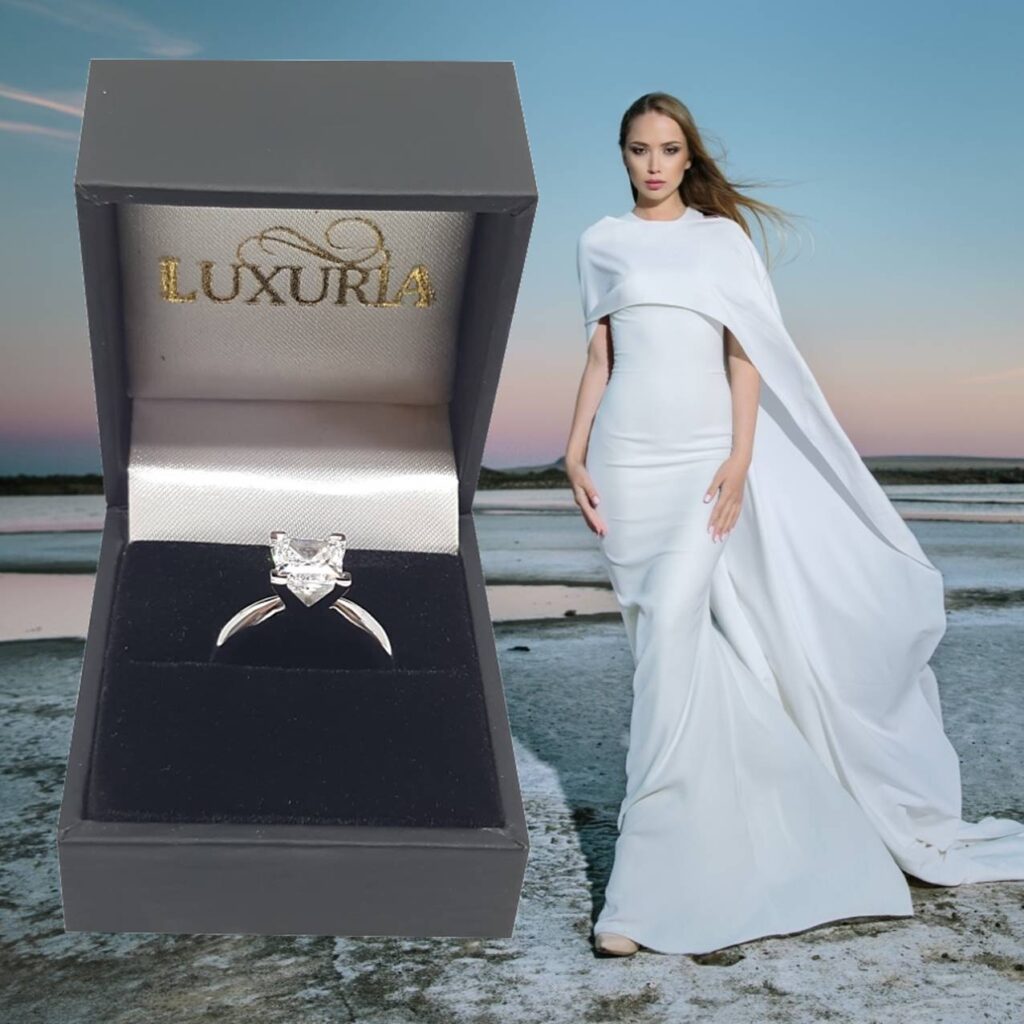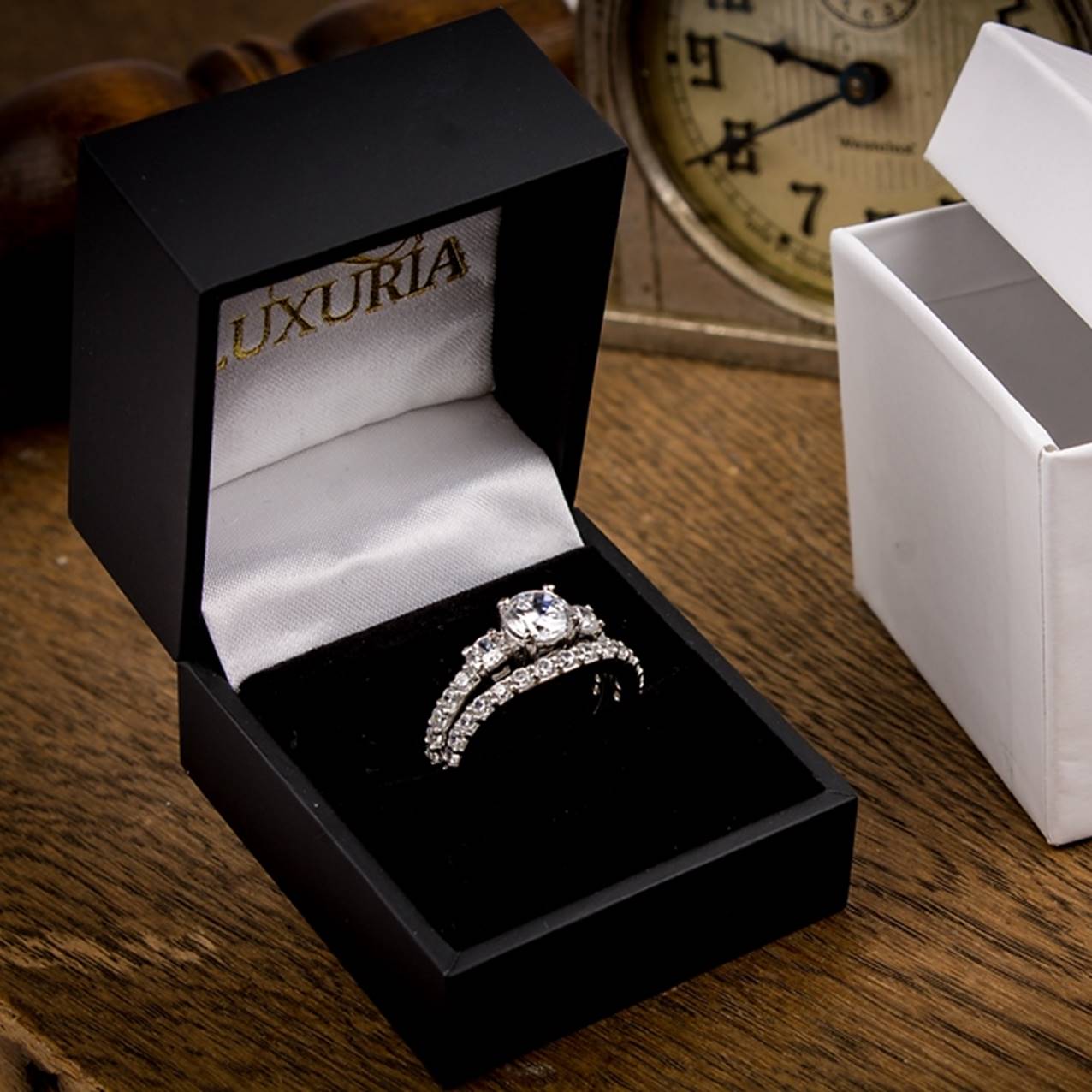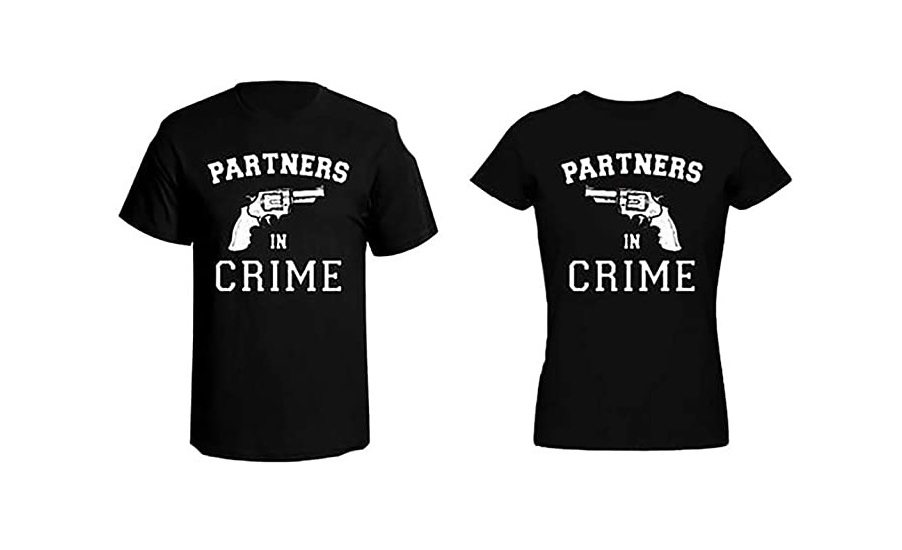People often choose imitation diamond bands when they would like to benefit from the look of a stone that looks like a real stone, but at a far more affordable price. Let’s see what varieties of diamond imitations are available and what you ought to consider when shopping for a wedding ring with a artificial diamond.
fake diamond rings are manufactured from materials that resemble the looks of real diamond jewelry. Unlike synthetic diamond jewelry, which are indistinguishable to real ones in conditions of makeup, imitation gemstones differ from natural diamonds as it pertains to chemical substance and physical properties.

Ring
Fake diamonds are manufactured from materials that resemble the looks of real diamond jewelry.
There are a great number of different materials you can use to produce a faux diamond, plus they vary in hardness, durability, color, and clarity.
Selecting a Fake Diamond to your Ring
While looking at prices of imitation diamond wedding rings is really straightforward, deciding on a particular rock is not.
There are diamond imitations that look more colorless than others, and there’s also some that scratch more easily than stones manufactured from harder materials.
Here are some of the most frequent options you can decide for your fake diamond ring:
Cubic Zirconia: This is one of the very most popular diamonds imitations. Among the reasons for its attractiveness is its good deal. Cubic zirconia also appears pretty just like real diamond.
However, this materials is certainly less durable than genuine. While gemstone is ranked 10 (the highest) on the Mohs scale of hardness, cubic zirconia is an 8.0-8.5.
For this reason, you may expect a cubic zirconia rock to accumulate lots of obvious scratches after you have worn it for a certain amount of time.
White Sapphire: This natural stone is another popular replacement for real gem. The great thing about white sapphire is that it’s cheaper and moderately colorless.
Although it is much less hard as gemstone (white sapphire is 9 on the Mohs scale), this stone is harder than cubic zirconia.
Moissanite: That is a very exceptional mineral, and the precious stone imitations made of it are usually created in a lab.
Moissanite looks very similar to gem, and many people who don’t have experience looking closely at gemstones cannot tell the difference.
(A great way to identify moissanite by looking at it is to note its sparkle, which will have significantly more colors than that of a genuine diamond.)
Using its high hardness (9.5 on the Mohs scale), moissanite could very well be the gemstone imitation that comes closest to genuine in terms of durability.
Glass: Due to its plethora, this materials is trusted to make fake diamonds. The great thing about cup is that it is very cheap.
However, it is much softer than diamonds, and if you select a glass for a faux-diamond ring, it won’t be long before the thing is scratches on your fake natural stone.
Fake Diamond jewelry and Size
Whenever choosing a fake gemstone, opt for its size. Some people feel that bigger is way better as it pertains to real diamonds, using an imitation that is too big is not advised.
To begin with, the larger the natural stone, the easier people will be able to notice that it is artificial.
This, of course, depends upon the material the fake is made of, however in general, most imitations change from diamond jewelry in conditions of brilliance and sparkle, and a larger size can make such dissimilarities more obvious.
Also, don’t forget that fakes scratch easier than real diamonds, and scratches tend to be noticeable on bigger stones.
Choosing a Setting for the Fake BAND
If you’re looking to spend less by purchasing a fake diamonds, it doesn’t really make sense to set a faux natural stone within an expensive setting (such as one made of platinum, for example).
A more price-conscious choice for a white setting would be sterling silver or white silver.
If you choose yellow gold, keep in mind that higher-karat wedding rings are more costly, but since they contain more silver, also, they are softer and less durable than lower-karat bits.
A 10K or 14K diamond ring will be not only cheaper but also harder to damage.



